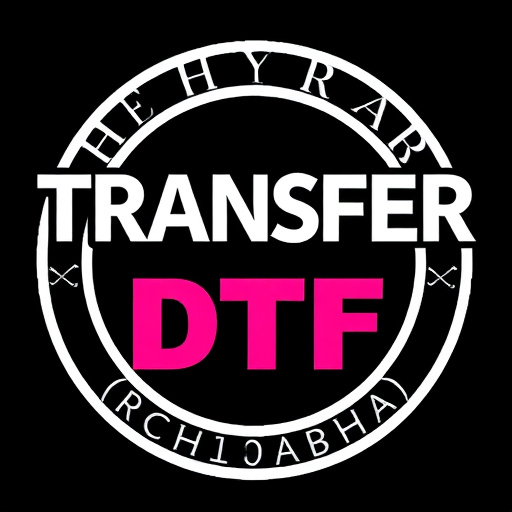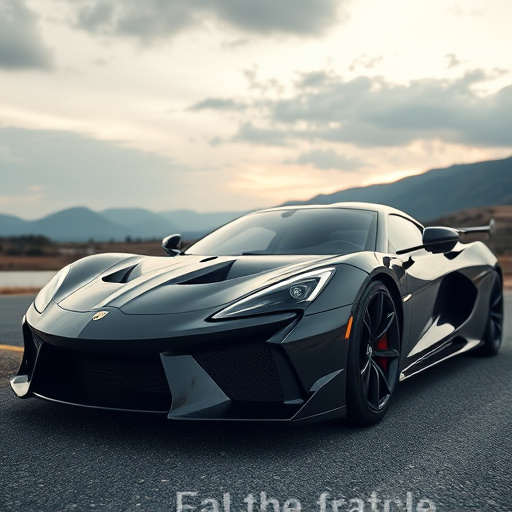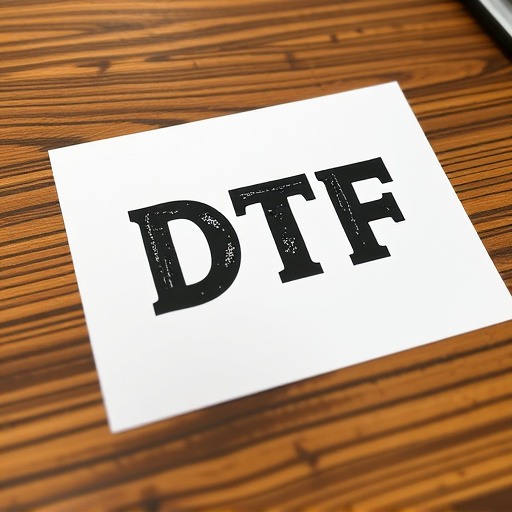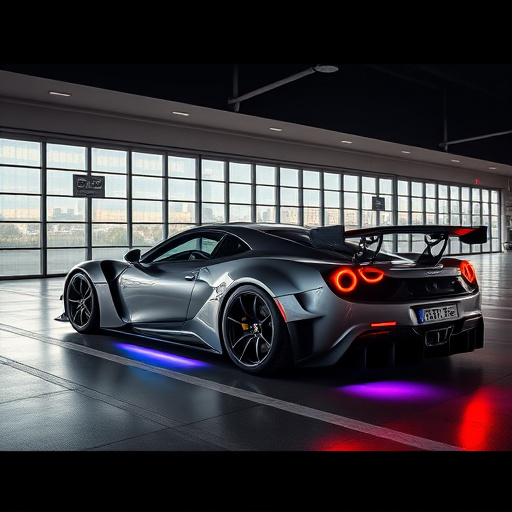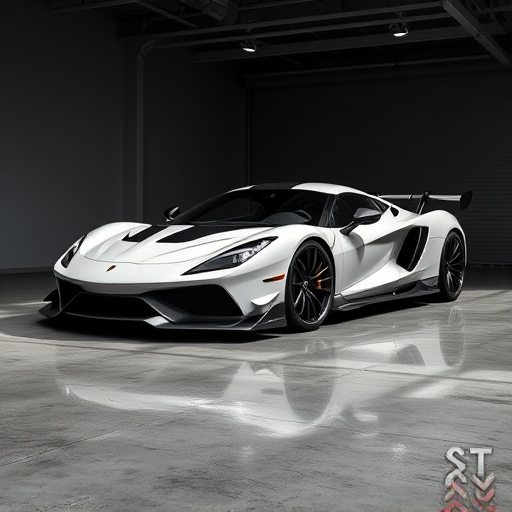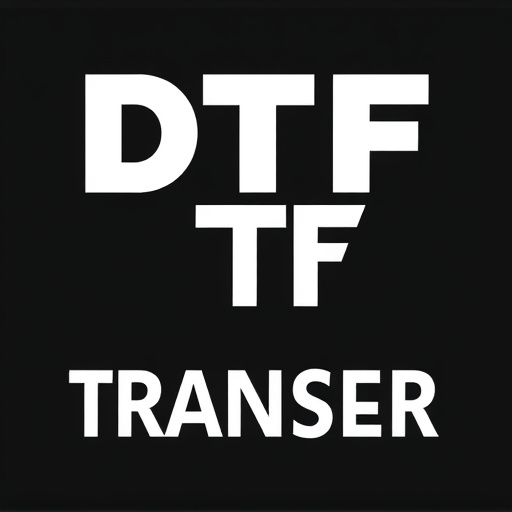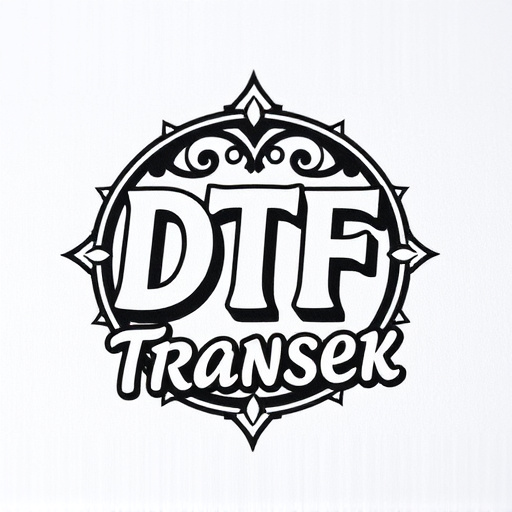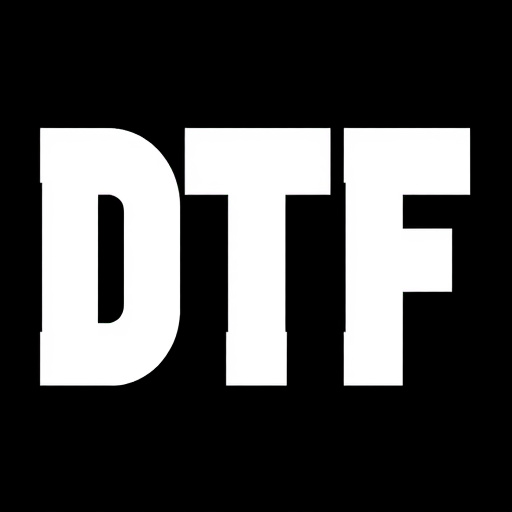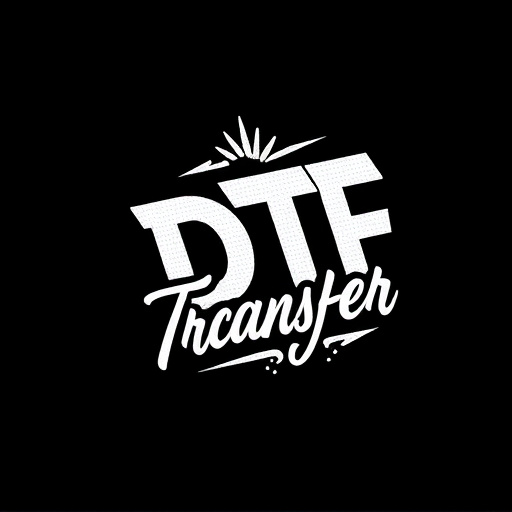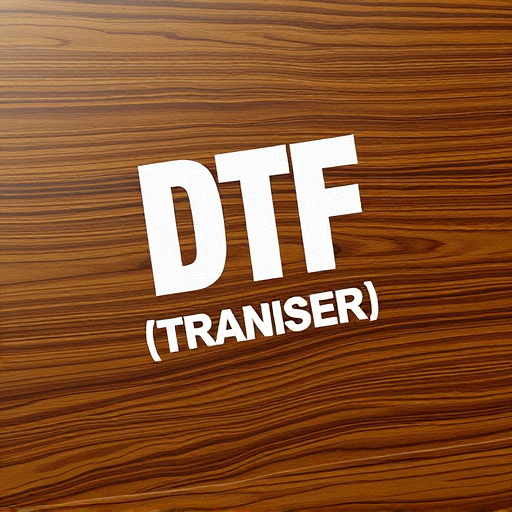Direct-to-Film (DTF) transfer is a cutting-edge printing method producing high-quality, durable prints on various films. Skipping traditional steps, DTF allows for custom film creation tailored to signage, decorations, and art installations. Using specialized presses, it ensures exceptional image clarity and color accuracy suitable for outdoor use. Ideal for events and long-term installations, DTF Printing offers a cost-effective solution for businesses and artists to bring creative visions to life with impact. Modern DTF printers offer versatile shapes, sizes, and designs, enhancing product customization. Accurate dimensions, high resolutions, and precise materials ensure print quality, while color and finish choices add visual appeal. Rigorous QA processes maintain consistent quality in high-volume production, ensuring customer satisfaction and brand reputation.
“Discover the vast possibilities of Direct-to-Film (DTF) transfer technology and its impact on modern printing. This article explores the comprehensive guide to DTF orders, from understanding the process to unlocking creative dimensions.
We delve into the technological advancements that have revolutionized DTF printing, offering enhanced visual appeal and quality control for high-volume production. Whether traditional or modern materials, this overview covers it all, ensuring you’re equipped with knowledge for successful DTF transfer orders.”
- Understanding Direct-to-Film (DTF) Transfer: A Brief Overview
- The Evolution of DTF Printing Technology
- Dimensional Considerations for DTF Transfer Orders
- Exploring Traditional vs. Modern DTF Print Materials
- Enhancing Visual Appeal: Color and Finish Options in DTF Prints
- Quality Assurance and Control in High-Volume DTF Transfer Production
Understanding Direct-to-Film (DTF) Transfer: A Brief Overview
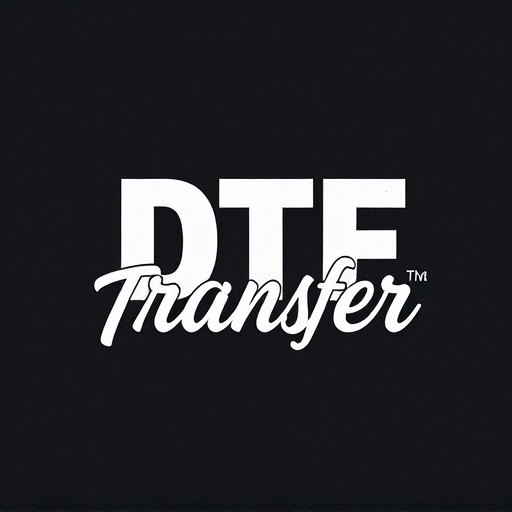
Direct-to-Film (DTF) transfer is a cutting-edge printing technique that allows for the creation of high-quality, durable prints directly onto various film surfaces. This innovative process bypasses traditional intermediate steps, enabling efficient production of custom films tailored to specific needs. DTF offers unparalleled versatility, catering to diverse applications ranging from signage and decorations to special effects and art installations.
The DTF transfer process involves precisely applying inks or coatings onto a chosen film material through specialized printing presses or machines. This direct application ensures exceptional image clarity and color accuracy, making DTF prints ideal for outdoor use or environments requiring robust protection against environmental factors. Whether for short-term events or long-lasting installations, DTF Printing provides a cost-effective and efficient solution, allowing businesses and artists to bring their creative visions to life with remarkable impact.
The Evolution of DTF Printing Technology
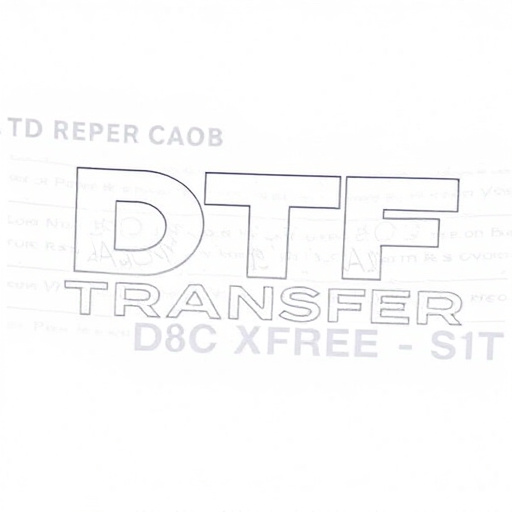
The evolution of Direct-to-Film (DTF) printing technology has revolutionized the way we produce and order custom prints. Historically, traditional screen printing methods were the primary means of creating customized apparel and promotional items. However, DTF transfers emerged as a game-changer, offering a faster, more versatile alternative. This innovative process allows for intricate designs with vibrant colors, making it ideal for both small-scale and large-scale orders.
DTF technology has advanced significantly over the years, enhancing print quality and expanding dimensional options. Modern DTF printers can produce prints with diverse shapes and sizes, catering to various product requirements. From simple text and logos to complex illustrations and photographic images, DTF transfers provide a seamless way to add custom designs to a wide array of surfaces, including textiles, plastics, and even metals.
Dimensional Considerations for DTF Transfer Orders
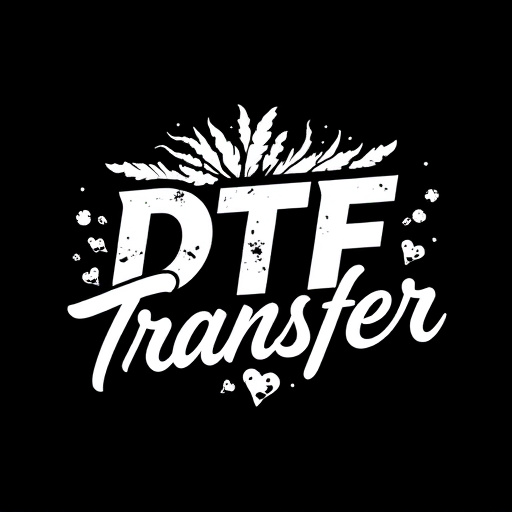
When placing a direct-to-film (DTF) transfer order, dimensional considerations play a crucial role in ensuring optimal print quality and efficiency. The size and resolution of the design directly impact the final DTF prints. As such, it’s essential to provide precise dimensions for each element within the artwork. This includes both the overall image area and any specific details or text that require high definition.
For accurate DTF printing, consider the resolution requirements. Fine details and intricate patterns may necessitate a higher resolution, typically measured in dots per inch (DPI). Conversely, larger areas with simpler designs can often accommodate lower DPI settings without sacrificing visual appeal. Remember, the print quality should align with your intended use—whether it’s for small, high-resolution labels or large-scale signage.
Exploring Traditional vs. Modern DTF Print Materials
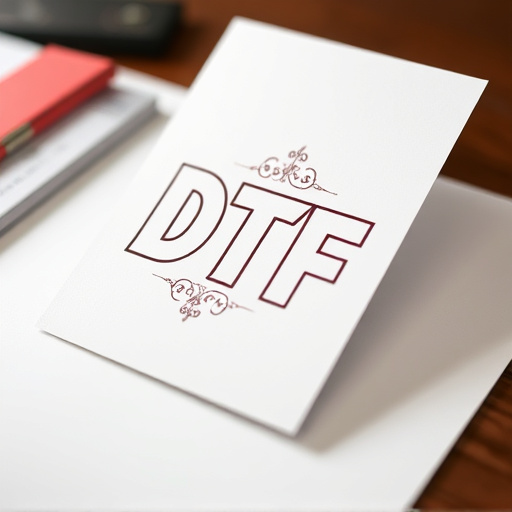
In the realm of direct-to-film (DTF) transfer orders, the evolution of print materials has significantly impacted the quality and versatility of DTF prints. Traditional DTF transfer materials often relied on specific types of films and inks that could limit color accuracy and durability. Modern alternatives, however, have revolutionized DTF printing by introducing innovative substrates and ink technologies. These advancements enable more vibrant and long-lasting DTF transfers, catering to a wide array of applications.
The modern DTF print materials offer enhanced capabilities, such as improved adhesion, better resistance to fading, and the ability to reproduce intricate designs with precision. From traditional photo prints to artistic illustrations and even industrial markings, the versatility of contemporary DTF printing materials has expanded significantly. This evolution continues to drive the DTF printing industry forward, making it a game-changer for businesses and individuals seeking high-quality, direct-to-film solutions.
Enhancing Visual Appeal: Color and Finish Options in DTF Prints
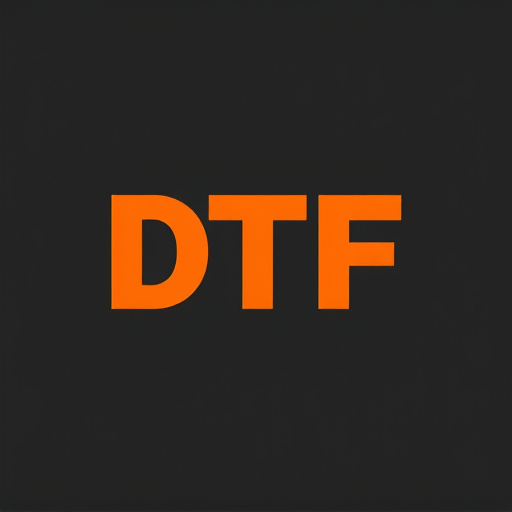
Direct-to-film (DTF) transfer orders offer a range of dimensional options, but one of the most significant advantages lies in enhancing visual appeal through diverse color and finish choices. When it comes to DTF printing, users can select from various color profiles, ensuring that their designs pop and accurately represent the intended aesthetic. From vibrant, rich hues to subtle pastels, the color palette is extensive, catering to different artistic visions. Additionally, the finishes available add another layer of dimension; glossy, matte, or satin coatings can be applied to DTF prints, providing a tactile and visual depth that captivates viewers.
These options allow artists and designers to create visually stunning pieces, whether for clothing, signage, or decorative items. The ability to fine-tune colors and finishes enables the production of high-quality, eye-catching prints that meet specific design requirements. With DTF technology, the possibilities are endless for transforming digital designs into tangible, dimensional artworks.
Quality Assurance and Control in High-Volume DTF Transfer Production
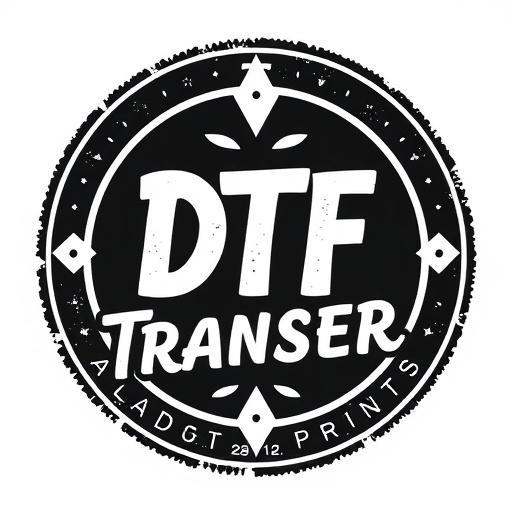
In high-volume DTF transfer production, ensuring consistent quality is paramount to maintaining customer satisfaction and brand reputation. Quality Assurance (QA) and Control processes are critical to catching defects early in the manufacturing pipeline. Automated systems and rigorous testing protocols are employed to verify each step of the DTF transfer process, from film inspection to print accuracy. Advanced QA techniques include detailed imaging analysis to detect even microscopic imperfections in DTF prints.
Beyond visual inspection, dimensional accuracy is another key aspect monitored closely. Using precise measuring tools, manufacturers ensure that dimensions align perfectly with design specifications. This meticulous attention to detail guarantees that each DTF transfer maintains the integrity of the original art and delivers high-quality prints, meeting the stringent demands of both producers and consumers in a fast-paced production environment.
